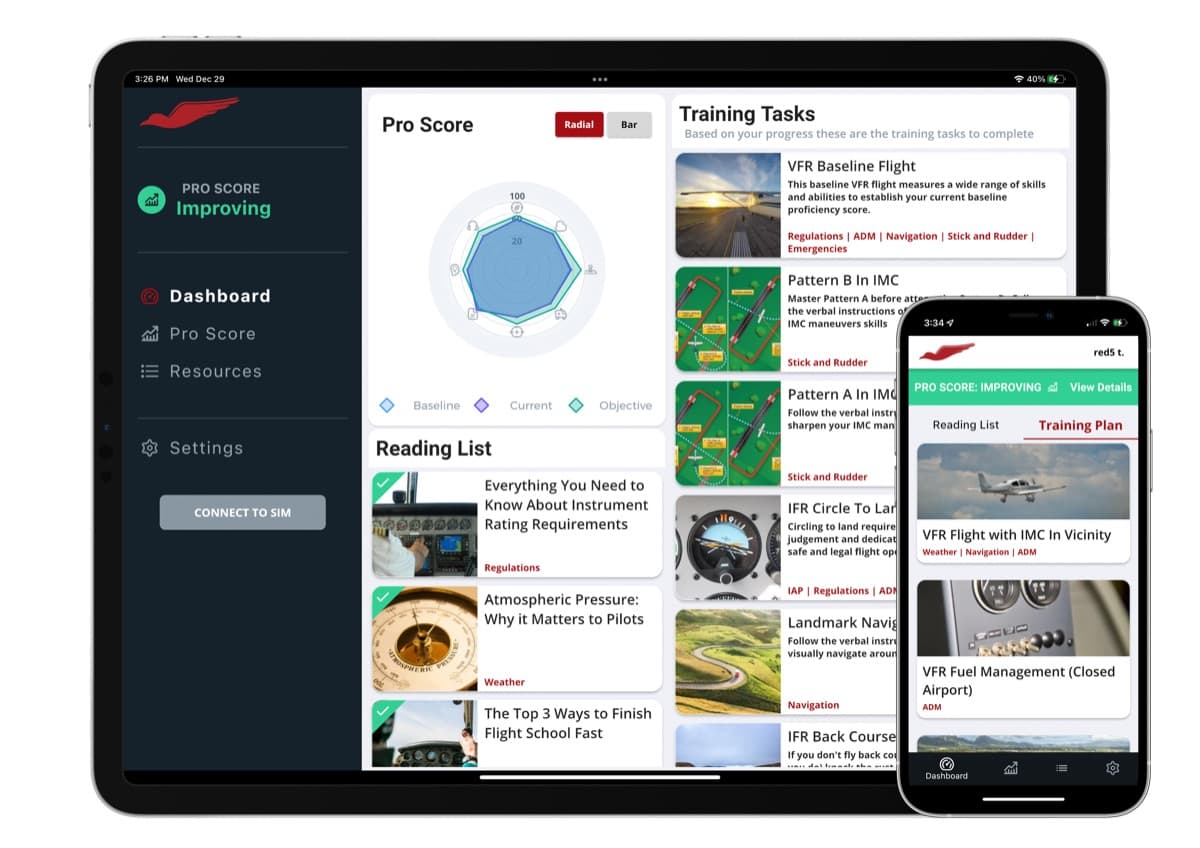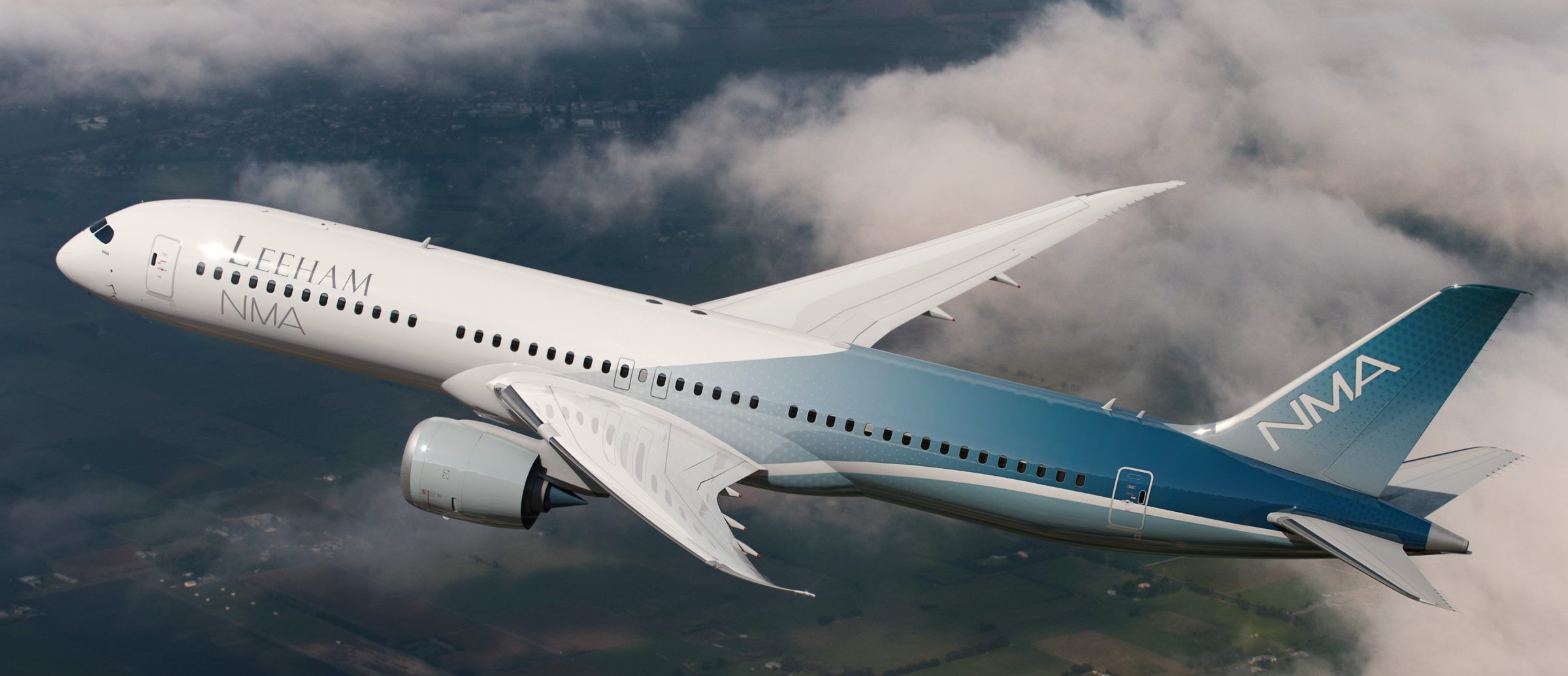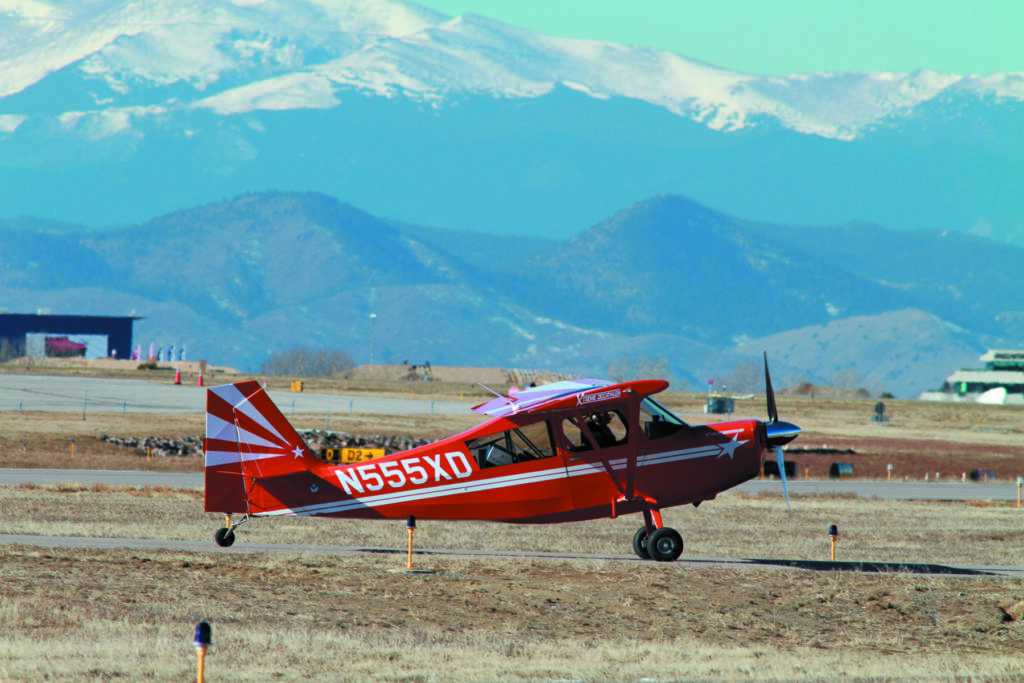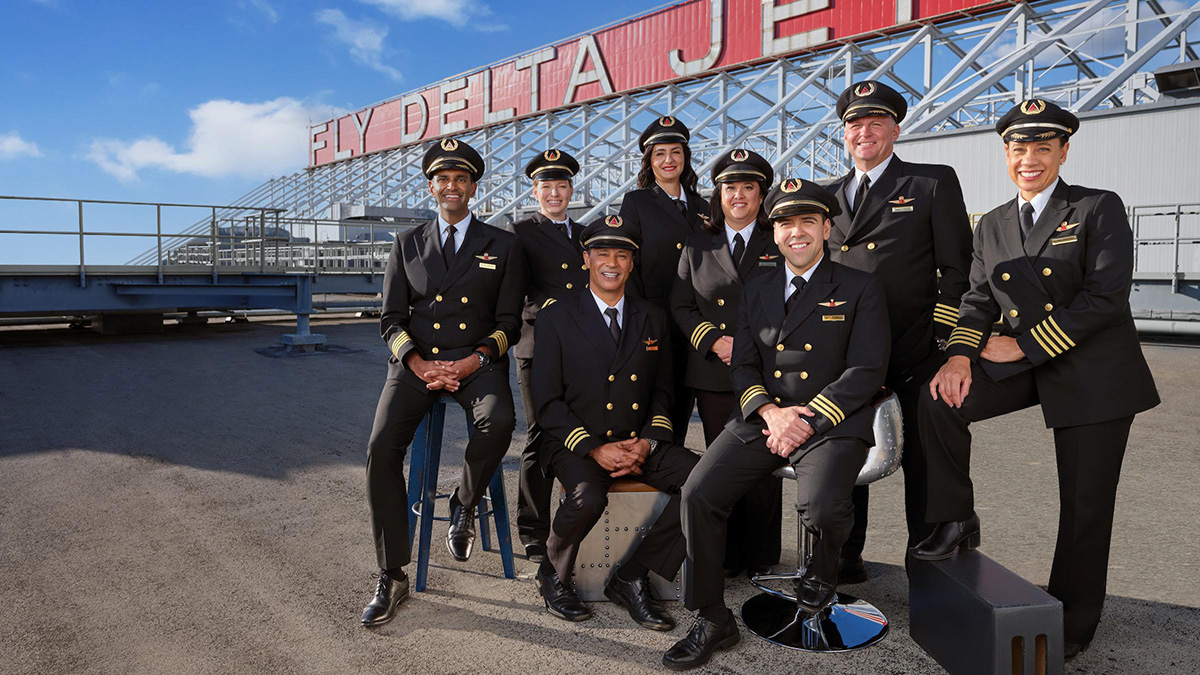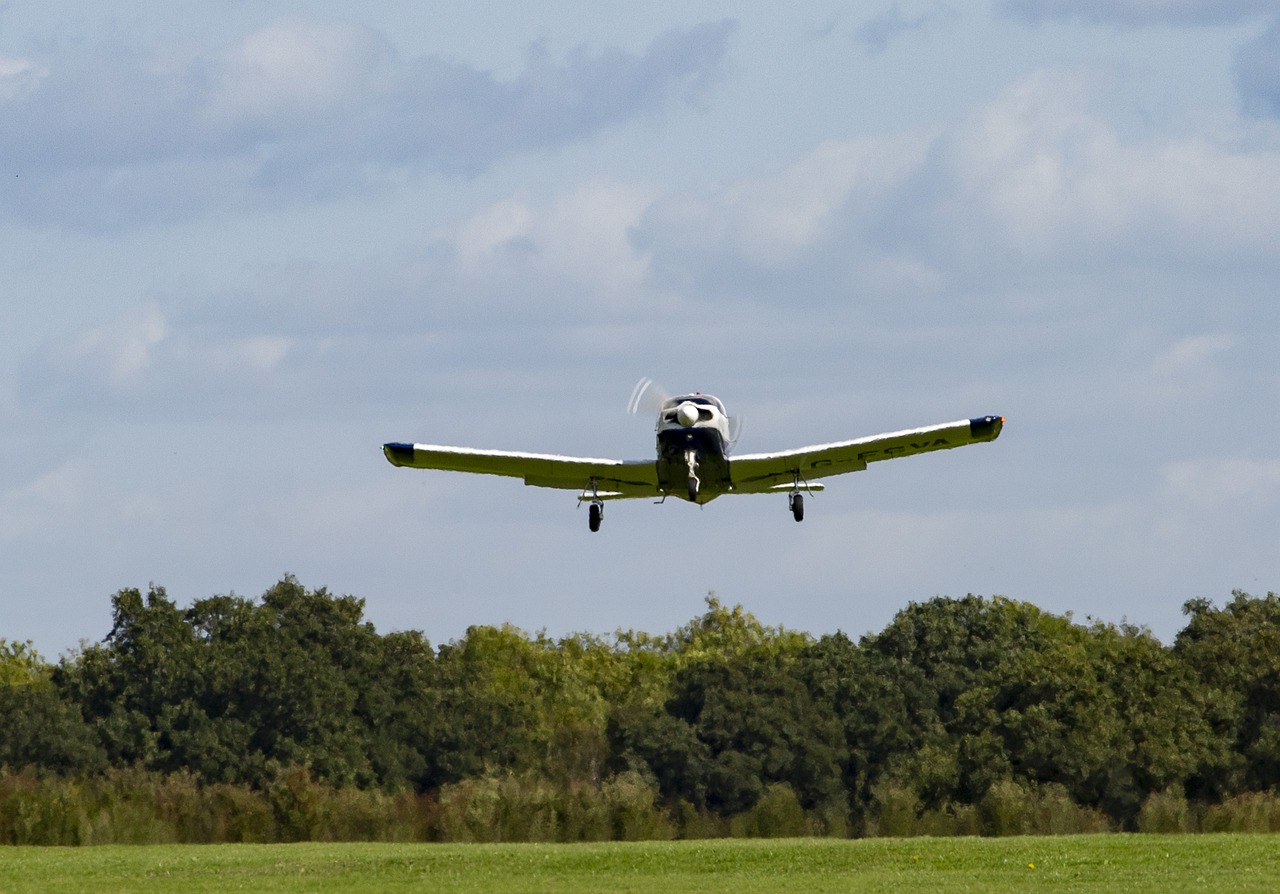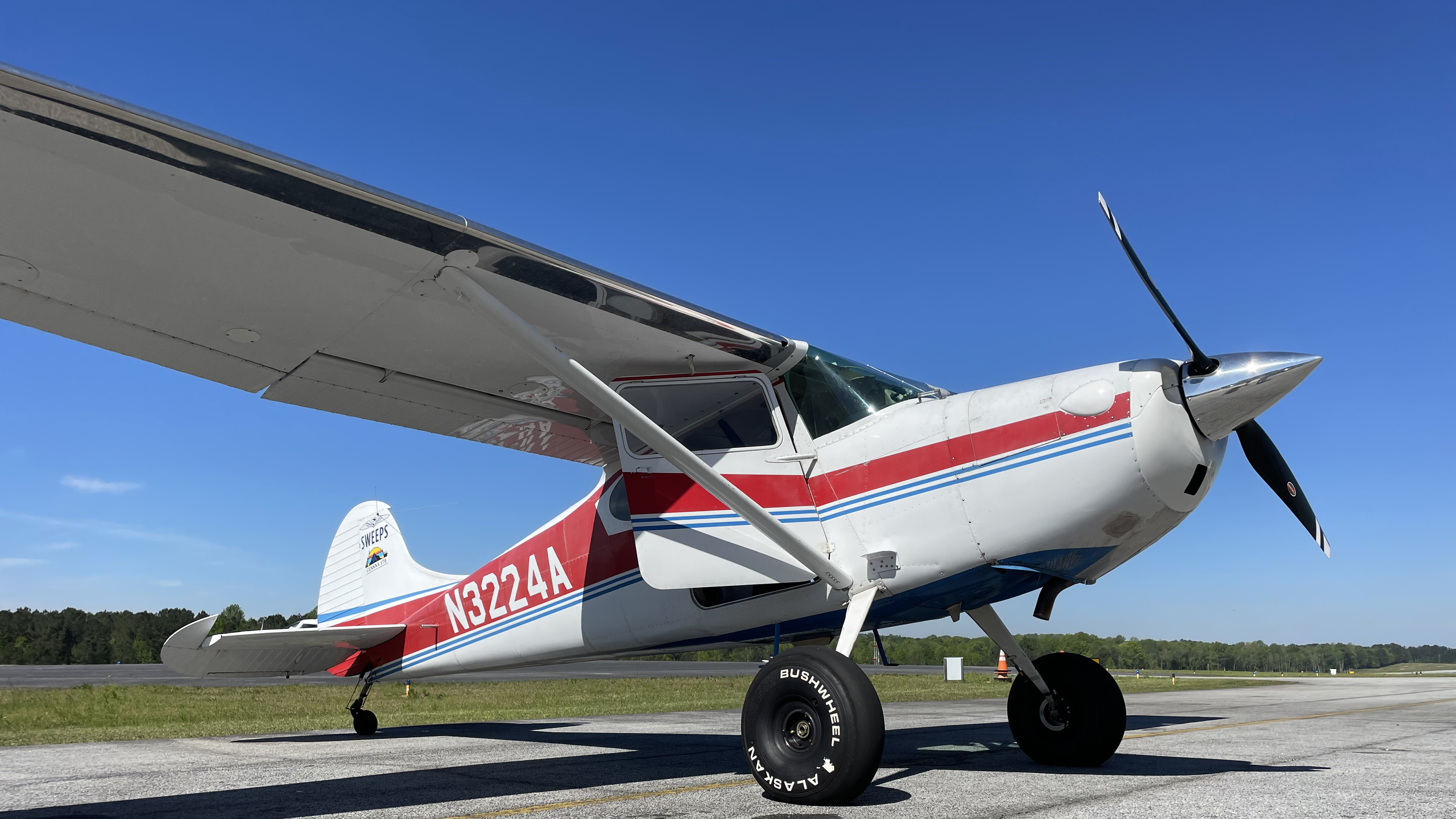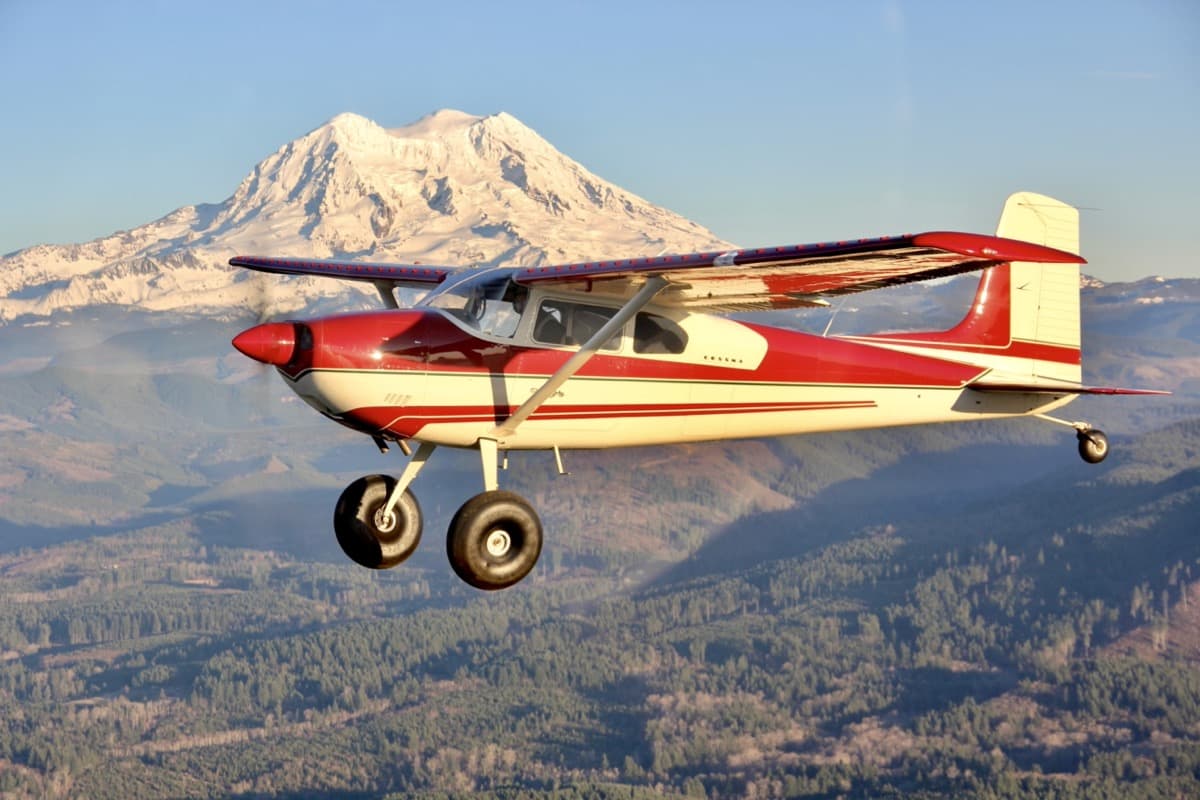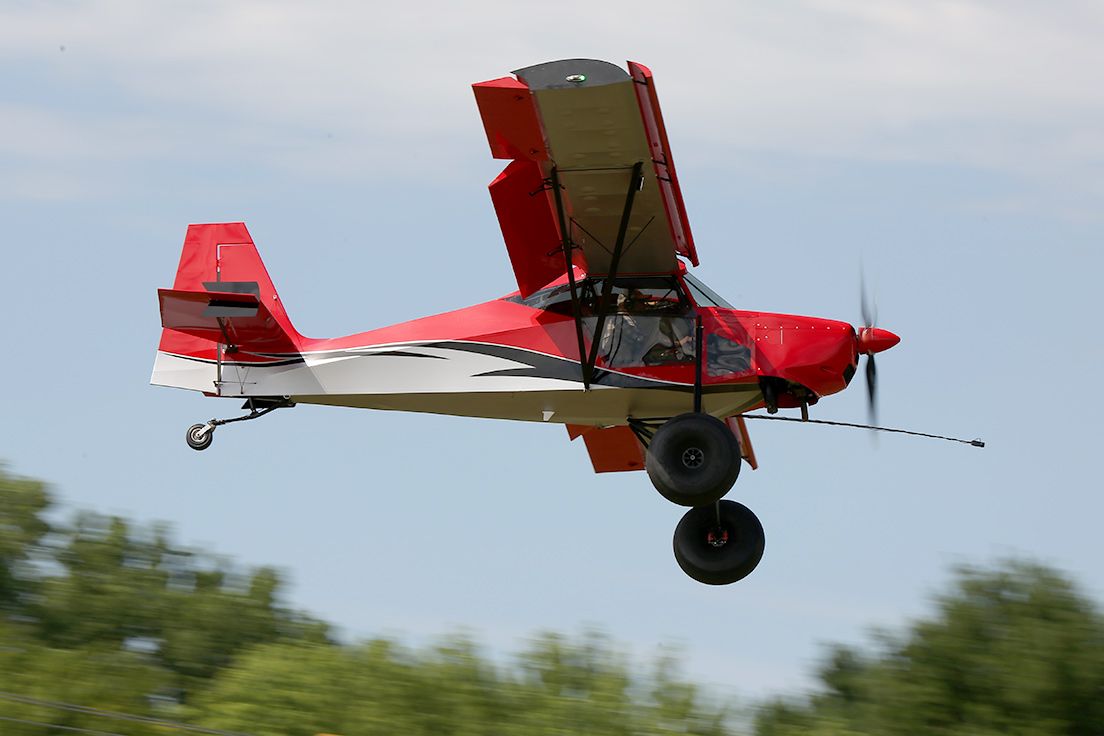Gulfstream G280
Gulfstream G280 user+1@localho… Wed, 10/27/2021 - 21:17 The G280 is a twin-engine, super-midsize business jet manufactured by Israel Aerospace Industries (IAI) in partnership with Gulfstream Aerospace. Introduced at the 2008 National Business...
The G280 is a twin-engine, super-midsize business jet manufactured by Israel Aerospace Industries (IAI) in partnership with Gulfstream Aerospace. Introduced at the 2008 National Business Aviation Association (NBAA) convention and exhibition in Orlando, the type was originally designated the G250, before being redesignated the G280 in 2011. The G280 replaced the G200 in Gulfstream’s product line—an airframe that was originally designated the Galaxy by former owner Galaxy Aerospace, prior to that company being acquired by Gulfstream in 2001—with the G200 itself evolving from the IAI-1126 Astra IV, the first super-midsize-category business jet. Prior to the certification of the G280, the last G200 was rolled out of Gulfstream’s Dallas Love Field Mid-Cabin Completions Center on Dec. 20, 2011, in advance of being delivered on Feb. 16, 2012.
The first then-G250 was rolled out in October 2009, with its first flight—performed by an airframe registered as 4X-WSJ—taking place on Dec. 11 of that year from Ben Gurion International Airport near Tel Aviv. Serial Nos. 2002 and 2003, the second and third flight-test airframes—registered as 4X-WSM and 4X-WBJ, respectively—made their first flights three and six months later on March 24, 2010 and June 28, 2010. A little more than a year later, Gulfstream announced on Aug. 11, 2011, that the first production airplane, Serial No. 2004, had been flown from Tel Aviv to Dallas. Gulfstream subsequently announced on March 2, 2012, that the G280 had received its provisional type certificate from the FAA, following the receipt of the same from the Civil Aviation Authority of Israel (CAAI) on Dec. 29, 2011. At the time of that announcement, the company stated that the “principal remaining item before” the issuance of full type certificates by the CAAI and FAA was a software update to the airframe’s avionics. The current FAA type certificate data sheet (TCDS) for the G280 type lists its approval date as Aug. 30, 2012, with the type certificate held by Gulfstream Aerospace LP in Israel, a joint venture between IAI and Gulfstream. Following its certification, Gulfstream announced on Nov. 14, 2012, that it had delivered the first G280 to U.S.-based manufacturer Cummins, Inc. The first G280 delivery, of Serial No. 2005, took place on Nov. 13, 2012, with the second delivery—of Serial No. 2006, also to Cummins—taking place a week later on Nov. 20.
Cabin Configuration and Passenger Capacity
In addition to its two required pilots, the G280 is certified to a maximum passenger capacity of 19 in a cabin that has a length—excluding the baggage area—of 25 ft. 10 in., finished width of 6 ft. 11 in. and finished height of 6 ft. 1 in. Despite that certified capacity, Gulfstream advertises four potential configurations for the G280’s 935-ft.3 cabin, with those configurations accommodating eight, nine or ten passengers. The eight and nine-passenger layouts have the ability to sleep “up to four” passengers in two living areas, while the 10-passenger configurations increase the sleeping accommodations to five in the same two living areas. While each of the factory configurations advertised by Gulfstream has a four-seat club section in the forward portion of the cabin, differences in the available configurations are found in the aft living area. In one of the possible 10-seat configurations, the aft portion of the cabin is configured to include a four-seat conference area and a pair of “lean-width facing chairs” on the opposite side of the aisle. The other 10-seat layout retains the four-seat conference area in the aft portion of the cabin, while replacing the lean-width seats on the opposite side of the aisle with a divan. Comparatively, the nine-seat layout retains the single seats on the right side of the cabin and replaces the conference arrangement with a three-place divan, while the eight-seat configuration duplicates the layout of the forward cabin (a four-seat club section).
Other features of the G280’s cabin include a 120-ft.3 baggage compartment, full-size closet, galley that is described as being “fully equipped” and lavatory located in the aft portion of the cabin that has a vacuum toilet and two windows. The size of the baggage compartment—which is accessible in flight because the G280 removes the G200’s aft fuel tank—is among the cabin features of the G280 that are promoted as being class leading, along with the size and noise level. Other benefits of the removal of that fuel tank include a larger baggage area and a cabin that is 17 in. longer than that which is found on the G200, with that increase in space divided between room for seating in the main area (8 in.) and the aft lavatory (9 in.). However, in contrast to other airframes in its category which have flat-floor cabins, the G280 has a 4-in. dropped aisle. The cabin environment is enhanced by the 7,000-ft. cabin altitude and cabin noise level, the presence of 100% fresh air and the installation of 19 “large oval windows,” the latter of which represents an increase in comparison to the G200’s 15 windows. When compared to the G200’s pressurization of 8.9 psi, the G280’s 9.2-psi pressurization allows for the above cabin altitude, a 1,000 ft. reduction between the former and latter Gulfstream types.
Passenger connectivity features of the G280 include KA-band high-speed internet provided by Viasat, a feature that Gulfstream announced would be available for installation on new-production airframes, as well as a retrofitting option for those already in service. At the time the capability was announced in October 2018, Gulfstream stated that the Viasat service would enable e-mail, internet browsing and video streaming, the latter of which would include conferencing, movies and “real-time TV.” In addition to the Viasat service, other connectivity options available for the G280 include GoGo Biz and Inmarsat SwiftBroadband, with the cabin also featuring a cabin management system that was designed by Gulfstream.
Avionics
Pilots operate the G280 using the PlaneView280 flight deck, an avionics system that is based on Collins Aerospace’s Pro Line Fusion integrated avionics system and which features three 15.1-in. high-resolution displays. Those displays are promoted by Collins as being the largest and having the highest resolution in the industry. Further marketed as enhancing pilot situational awareness and increasing pilot efficiency, while also decreasing pilot workload, the baseline features of the PlaneView280 include electronic charts and checklists—the former of which also incorporates enhanced map overlays—graphical synoptics and a vertical-situation display. Weather information provided to G280 pilots by the baseline avionics features includes data-link graphical weather and MultiScan weather radar, with data-link communications also possible through the Future Air Navigation System (FANS 1/A) capability. In addition to the high-resolution displays, the baseline configuration includes a “full-flight regime” autothrottle, dual flight management systems (FMS)—which provide the airframe with localizer performance with vertical guidance (LPV) and required navigational performance (RNP) capabilities—terrain awareness and warning system (TAWS), and traffic alert and collision avoidance system (TCAS II).
Collins also promotes the G280’s Pro Line Fusion displays as having a number of other capabilities, including the ability to create or modify a flight plan from the moving-map display “using point-and-click functionality.” The possibility of controlled flight into terrain (CFIT) accidents is noted as being reduced by “separate top-down and side profile views,” while map symbols, overlays, terrain and weather can also be added to the flight plan view on the display. Electronic checklists and system synoptics can also be viewed on the PlaneView280’s displays, the benefits of which include the “simplif[ication] of procedural steps” during “normal, abnormal and emergency situations.” Also available on the PlaneView280’s multifunction display (MFD) are electronic charts which are georeferenced—for both airport diagrams and approach procedures—and described as improving operational efficiency. According to Collins, the previously mentioned MultiScan weather radar can scan “up to 320 [nm] ahead of the aircraft” in order to look for relevant weather, with the radar’s “clutter-free cell storm tracking depict[ing] weather conditions with four-color clarity.” When operating near convective weather, the radar’s OverFlight protection helps pilots avoid inadvertently penetrating the tops of thunderstorms. As is noted above, data-link communications capabilities are also available, with the system’s FANS 1/A capability allowing the airframe to meet the requirements for access to preferred North Atlantic Tracks. Another benefit of the PlaneView280’s FANS 1/A-based controller-pilot datalink communications (CPDLC) is that it is one of the “first steps” in the implementation of data-link clearance (DCL) in the U.S., which can enable pilots to receive clearances faster.
Supplementing the baseline features of the G280’s Pro Line Fusion avionics are a number of options that include automatic dependent surveillance – broadcast (ADS-B) Out capability, dual electronic charts, Head-Up Guidance System (HGS) that features an enhanced vision system (EVS), Link 2000+ capability, synthetic vision system (SVS) images that are displayed on the primary flight display (PFD); and predictive windshear, vertical weather and XM WX Satellite Weather. The ADS-B Out capability, which is needed to meet the U.S. mandate for that technology, provides pilots with a variety of information, including the position of other airborne traffic. The dual-charts capability of the PlaneView 280 is marketed as reducing the amount of paper required for operations—or transitioning to a paperless flight deck—with another benefit being the elimination of the need to carry and manage charts “on a separate device.” An “intercontinental package” is also available for operators conducting flights between Europe and North America, with that package promoted as allowing such operators to have the backup equipment necessary for “uninterrupted communication [with] air traffic control.” That package incorporates a second altimeter, third FMS and navigation computer and high-frequency (HF) radio and data-link, with those components also available individually.
Pilot situational awareness is promoted as being increased by the SVS graphics that are displayed on system’s PFD, a feature that shows three-dimensional terrain and runway graphics and which is marketed as the Synthetic Vision – Primary Flight Display. Another avionics feature that assists pilots is the enhanced flight vision system (EFVS), which allows for landings in low-visibility conditions “without natural vision” by authorized pilots, a capability that is marketed by Gulfstream as increasing airport access and reducing the potential for go-arounds/missed approaches. In order to land the G280 without the use of natural vision, an EVS camera and head-up display (HUD) must be installed. FAA certification for the HUD II and EVS II combination was announced by Gulfstream in July 2013, with that combination giving pilots the ability to see features such as obstructions, runways, taxiways and terrain in low-visibility conditions. In terms of function, the EVS II uses a nose-mounted infrared camera to “capture actual, real-time images of an airplane’s surroundings.” The HUD II component of the EFVS features a liquid crystal display that is used to “project images onto a transparent combiner” that is located in the pilot’s forward field of view, with those images integrated with flight guidance information. The integration of the EFVS into the Pro Line Fusion avionics and HUD II provides operators with “operational credit” and gives equipped airframes the ability to land in weather conditions that non-equipped airframes cannot. As is the case with the Viasat KA-band internet, the EVS II/HUD II combination is available as an option on new-production G280 airframes, while also being available for retrofitting on airplanes that are already in service. At the time that Gulfstream announced in May 2019 that the G280 was certified for touchdown and rollout using the EFVS, the company also stated that the airframe—along with the GVII-based G500—were the only aircraft certified for such operations using an EFVS.
The optional XM WX Satellite Weather is described as providing, for operations conducted in the continental U.S., “high-resolution, strategic data for real-time awareness.” Worldwide, the system provides data-link graphical weather, with both capabilities able to be overlayed on the system’s navigational map. Two other available weather options are the predictive wind shear detection technology and the vertical display of weather, the former of which has the ability to detect in advance wind shear that could “potentially [be] dangerous,” providing pilots with additional time to take actions such as executing a go-around. The vertical weather option displays the vertical extent—as well as a “top-down profile”—of both terrain and weather in the G280’s path. With regard to its weather-display capabilities, the vertical weather option shows pilots storm intensity and growth along an airplane’s flight path in order to allow them to navigate around such weather, as necessary. It is also marketed as providing additional information to pilots when departing from and/or arriving at airports that are near “challenging” terrain.
Mission and Performance
The G280 has a number of advantages when compared to the G200, while also competing with airframes such as Bombardier’s Challenger 300 and 350. When compared to the Challenger 350—BD-100-1A10 airframes from Serial No. 20501—the G280 has a fuselage length and wingspan that are smaller than the respective dimensions for the Bombardier airframe. Despite being smaller in those respects, the cabin length and finished cabin height of the G280 exceeds the comparative figures for the Challenger 350, while the finished cabin width of the Gulfstream is slightly smaller than the 7 ft. 2 in. that is promoted for the Bombardier airframe. Furthermore, despite having maximum takeoff and landing weights (MTOW/MLW) that are lower than the BD-100-1A10-based airplane, the maximum payload of the G280 is 650 lb. greater than the Challenger 650. With regard to performance, the G280’s range noted below exceeds the Challenger 350’s by 400 nm; however, the latter airframe’s performance figure is also measured based on different criteria (eight passenger instead of four, as well as in standard conditions). Additionally, despite its greater dimensions, the BD-100-1A10’s maximum certified passenger capacity is three less than the 19 that the G280 is certified for.
|
Comparison: Gulfstream G280 and Bombardier Challenger 350 |
||
|
Type Designation |
G280 |
BD-100-1A10 |
|
Commercial Designation |
Challenger 350 |
|
|
Maximum Certified Passenger Capacity |
19 |
16 |
|
Maximum Range (nm) |
3,600 |
3,200 |
|
Engine |
Honeywell |
|
|
AS907-2-1G (HTF7250G) |
AS907-2-1A (HTF7350) |
|
|
Maximum Takeoff Weight (MTOW)(lb.) |
39,600 |
40,600 |
|
Maximum Landing Weight (MLW) (lb.) |
32,700 |
34,150 |
|
Maximum Payload (lb.) |
4,050 |
3,400 |
|
Wingspan |
63 ft. |
69 ft. |
|
Wing Area |
495 ft.2 |
523 ft.2 |
|
Length |
66 ft. 10 in. |
68 ft. 8 in. |
|
Height |
21 ft. 4 in. |
20 ft. |
Limitations of the G280 include a maximum operating limit speed (MMO), from 28,000 ft. to 45,000 ft., of 0.85 Mach, with that latter altitude also being the maximum altitude at which the airplane can operate at. Beyond those performance limitations, Gulfstream states that that G280 has high-speed and long-range cruise speeds of 0.84 Mach and 0.80 Mach, respectively, while the initial cruise altitude is 43,000 ft. At the time the airframe was redesignated the G280, it was marketed as having a maximum range of 3,400 nm, a figure that was later increased to 3,600 nm. That latter range is an NBAA instrument flight rules (IFR) theoretical range that assumes NBAA IFR reserves, while operating at the long-range cruise speed and carrying four passengers and two crew. For takeoff, the distance required by the G280—based on the MTOW, sea-level altitude and standard conditions—is 4,750 ft. In addition to having a balanced field length that is 210 ft. less than what was expected, Gulfstream also stated that the takeoff distance noted above represented an “improvement of more than 1,300 ft.” in comparison to the G200. In addition to those performance figures, the G280 is also certified by the CAAI and FAA for steep-approach operations, certifications that were announced by Gulfstream on Oct. 31, 2016, and which allow for operations at city-center airports such as London City Airport.
Subsequent to its certification, the performance of the G280 was increased as a result of a software upgrade to the PlaneView280 avionics that was announced by Gulfstream on Sept. 14, 2015. That upgrade improved the performance of the FMS, as well as reduced the airframe’s approach speeds and landing distances. Gulfstream stated that the upgrade lowered the approach speed by “up to 9 kt.,” while the landing distance was reduced by 270 ft. to 2,380 ft. The FMS upgrades allow operators to automatically calculate a number of cruise speeds—long-range, maximum cruise and maximum endurance cruise speeds—with calculations of the airframe’s best-rate-of-climb speed, “basic time and fuel predictions” and maximum and optimum altitudes also improved.
Variants
|
Gulfstream G280 Specifications |
|
|
Maximum Passenger Capacity |
19 |
|
Maximum Range (nm) |
3,600 |
|
Engines (2x) |
Honeywell AS907-2-1G (HTF7250G) |
|
Rated Takeoff Thrust (lb.) |
7,624 |
|
Basic Operating Weight (lb.) (Including Two Crew) |
24,150 |
|
Maximum Takeoff Weight (MTOW) (lb.) |
39,600 |
|
Maximum Landing Weight (MLW)(lb.) |
32,700 |
|
Maximum Payload (lb.) |
4,050 |
|
Maximum Payload (lb.) (Full Fuel) |
1,000 |
|
Fuel Capacity (usable) (lb./gal.) |
14,620/2,182 |
|
Wingspan |
63 ft. |
|
Wing Area |
495 ft.2 |
|
Length |
66 ft. 10 in. |
|
Height |
21 ft. 4 in. |
HTF7250G Engines
Replacing the G200’s PW306A engines on the G280 are HTF7250G engines from Honeywell, with the increase in rated takeoff thrust of those latter engines—noted above—allowing the G280 to have takeoff and landing performance and a thrust-to-weight ratio that are the best in category, while also improving the high-altitude performance of the airframe. According to the FAA TCDS issued to Honeywell for the AS907-2-1G engine that is marketed as the HTF7250G, it is a turbofan engine that has an annular combustor, single-stage fan and centrifugal high-pressure compressor and an axial-flow high-pressure compressor that has four stages. Additional engine components include high and low-pressure turbines that have two and three stages, respectively. Controlling the engine’s fuel control and power management is a dual-channel full-authority digital engine control (FADEC) system that includes two electronic control units.
G280 Design
Despite the substantial changes that were made to the G280’s design, it did retain the “basic fuselage design” and pressure vessel of the G200, with “virtually everything else aboard the aircraft changed.” Those changes included the G280’s wing—which is “derived” from the airfoil that is found on the G550—with the differences between the airfoils of those two Gulfstream airframes including the fact that the G280’s wing has a twist distribution that is “slightly different,” as well as wide-radius winglets that are new. The G280 airfoil also increases the wing area by 34% in comparison to the G200’s wing and incorporates a greater amount of sweep; however, in comparison to the G550’s wing on which it is based, “it has less than half the wing.” Although it has a smaller airfoil, the G280’s design cruise speed matches the G550’s 0.80 Mach, an increase in comparison to the G200’s 0.75 Mach. The G280’s trailing-edge flaps are electronically controlled and hydraulically actuated, while “in keeping with long-standing Gulfstream design practices,” the wing does not have “leading-edge high-lift devices.” Beyond changes made to the main wing, the airframe’s T-tail empennage—which replaced the “cruciform tail” found on the G200—includes a fin and stabilizers that have a larger area, with the changes to the horizontal and vertical stabilizers made because of the increase in the G280’s weight. Control of the G280’s rudder also differs from that which is found G200, with the former being fly-by-wire and the latter being a boost-assisted system.
The ice protection of certain surfaces is also changed from the G200 to G280, with the latter type utilizing bleed air “for heated wing anti-ice.” However, in keeping with the engine inlet anti-ice found on the G200, the G280 utilizes engine bleed air, while the probes, static ports and windshields protected from ice by electrical heaters. Also found on the G280 is a brake-by-wire system that has a standard “auto-braking function”—which has a rejected-takeoff mode, as well as low, medium and high deceleration levels—a first-in-class feature. Although the G280’s nose gear is “virtually identical” to that which is found on the G200, the trailing-link landing gear of the newer type is enhanced in order to accommodate its increased weights.
The G280’s fuel is carried in seven separate tanks—the left and right feed and wing tanks, as well as aft, center and forward tanks—with the airframe’s fuel capacity representing a 390-lb. decrease in comparison to the G200’s 15,010-lb. capacity. Although a number of fuel-storage changes were made and despite the fact that the G280’s fuel capacity is decreased in comparison to the G200, the increased efficiency of the G280’s wing and the Honeywell engines compensate for it. The increased capacity of the wing tanks—which, in addition to the center and wing feeder tanks, hold 20% more fuel than the G200’s center and wing tanks—allowed Gulfstream to reduce the size of the forward belly tank and eliminate the fuselage tank, the latter of which had a capacity 5,515 lb. and volume of 67 ft.3, and was replaced with the G280’s aft belly tank (which has a capacity of 1,130 lb./169 gal.).
Beyond the MTOW and MLW noted above, Gulfstream states that the G280 has a basic operating weight—which is based on “theoretical standard outfitting configurations” and while carrying two crew members—of 24,150 lb. The maximum payload is promoted as being 4,050 lb., an amount that is reduced to 1,000 lb. when carrying the maximum fuel capacity of 14,620 lb., with both of those payload figures also based on the theoretical standard outfitting configurations.
Program Status/Operators
From a manufacturing standpoint, the production of the G280 is split between Israel and the U.S. (Texas). To that end, G280 airframes are built by IAI at their facilities near Tel Aviv, before being flown to Gulfstream’s facility at Dallas Love Field in a “green configuration.” In addition to the flight-test airframes noted above, a fatigue-test article—F1, Serial No. 1999—was also involved in the testing program. The G280 airplanes involved in the flight-test program were the previously mentioned Serial Nos. 2001-2003, the latter of which took part in the completion of the requirements for type certification, before moving on testing “optional avionics features” such as the EVS II and HUD II.
References
- AWIN Article Archives
- Bombardier, Collins Aerospace and Gulfstream Commercial Materials
- FAA TCDS (G200, G280, AS907-2-1G), EASA TCDS (G280) and Transport Canada TCDS (BD-100-1A10)




 admin
admin 











